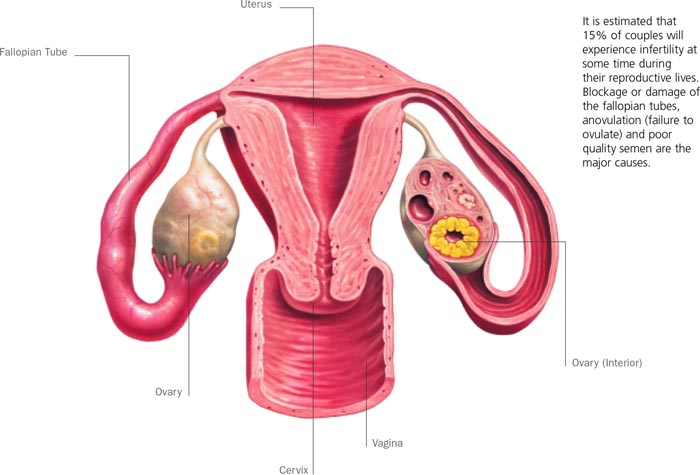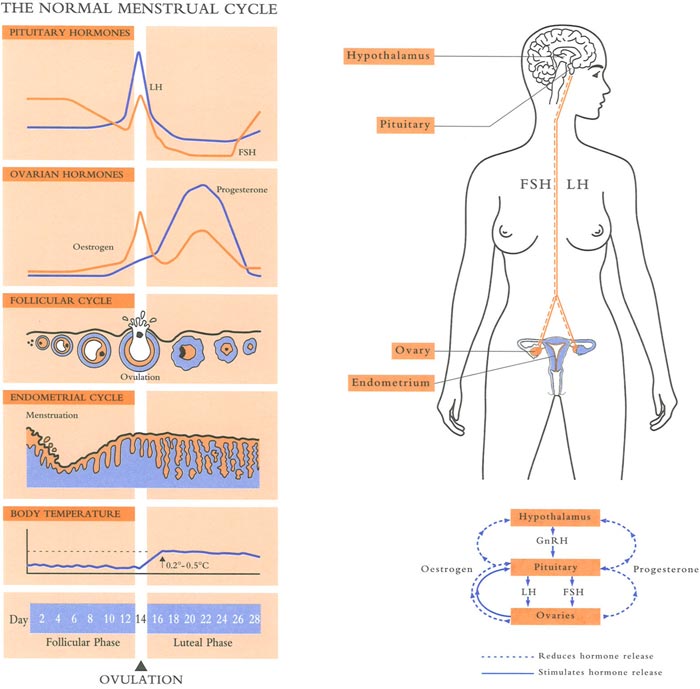Knowing Your Fertile Window
Unfortunately for some, falling pregnant can be very difficult and a highly stressful time.
Understanding ovulation and your ‘fertile window’ (the time period that you can spontaneously conceive) may help you to fall pregnant.
It is estimated that around 10-20% of couples will not conceive after 12 months of trying. Majority of these couples will have identifiable causes for their impaired or “sub-fertility”. With a proper diagnostic workup these causes may be identified and treated – most of the time without the need for IVF!
Did you know?
Sperm can be found in the fallopian tube (the site of fertilisation) as early as 5 minutes after intercourse and can survive there for up to 5 days!
An egg on other hand can only be fertilised for 12-24 hours after ovulation (the release of the egg from the ovary)

The fertile window begins 5 days prior to ovulation and ends the day after.
However, the highest pregnancy rates (~30-35% chance) occur when intercourse happens 1-2 days before, or on the day of ovulation.
Intercourse at this time results in the greatest number of viable sperm present in the fallopian tube.

How Do I Know When I am Ovulating?
- Cycle Charting
- Charting your cycle is useful to estimate your fertile window. There are many free apps that do this for you.
- Ovulation generally occurs ~14 days before your next expected period. However this may vary a few days between individuals and even between each cycle.
- If you have a short, long or irregular cycle then it unlikely you are regularly ovulating. See one our doctors today to investigate why this may be the case.
- Home Ovulation Tests (Urine LH Kits)
- Accuracy is usually >90%, they cost ~$2-5 per test.
- If a patient chooses to use these, we suggest starting around 2-3 days prior to expected ovulation (see cycle charting above).
- A positive test indicates ovulation is likely to occur within 24 hours.
- *Unfortunately ~7% of women may have false positive results due to high baseline levels of LH (e.g. women with PCOS).
- Symptoms of Ovulation
- In the late follicular phase (just prior to ovulation), rising oestrogen levels cause an increase in stretchy clear cervical mucus.
- Some women may notice unilateral pain or cramping around the time of ovulation.
What About Timing Intercourse?
- Maximal sperm numbers (and function) occurs after ~1-3 days of abstinence (and even up to 7 days normal sperm parameters)
-
- Shorter intervals may be associated with lower numbers and longer intervals with more abnormal or dead sperm.
- For this reason (and those above) we generally advise intercourse every 1-3 days around the time of your fertile window.
-
- However, trying to conceive is already stressful enough, so we believe it is most important to focus on retain a healthy normal relationship and sex life.
Follow these links for more information on Understanding Your Menstrual Cycle and Knowing Your Fertile Window
Make An Appointment
Don’t wait – start your journey today!
We’re here for you the entire way.
